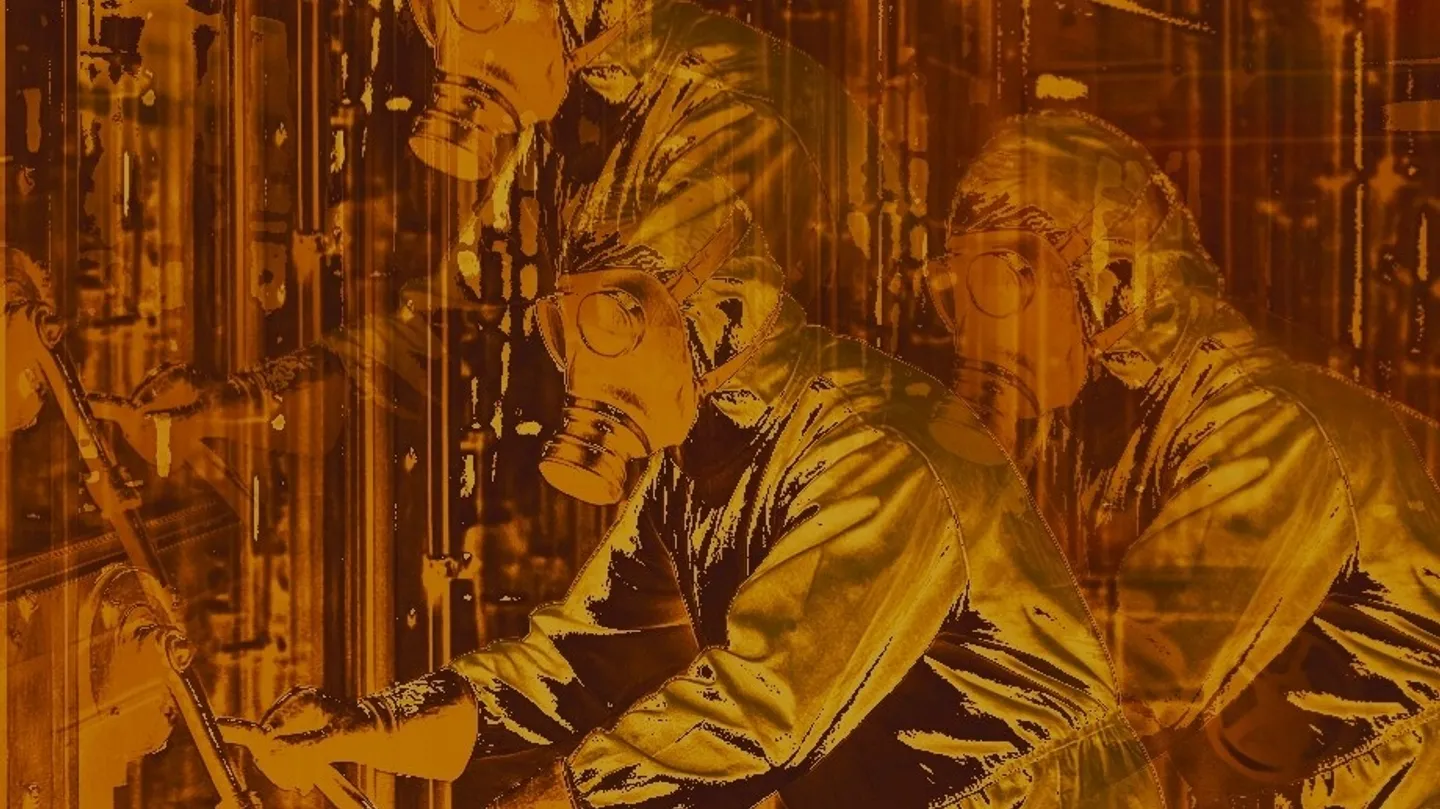
THE WIGNER EFFECT
About artwork
Provenance
Tech info
About
The Wigner effect refers to the displacement of atoms in a solid (typically in graphite) caused by neutron radiation, such as that produced inside a nuclear reactor. When high-energy neutrons collide with atoms in materials like graphite moderators, they knock these atoms out of their positions in the crystal lattice. Over time, this causes internal energy to build up in the material. If the material — especially graphite — is not carefully annealed (heated in a controlled way to release the stored energy), this built-up energy can suddenly be released, potentially causing a rapid temperature increase or structural damage. This uncontrolled release can contribute to a nuclear accident. One notable case was the 1957 Windscale fire in the UK. In this incident, a nuclear reactor using graphite as a moderator accumulated Wigner energy. An attempt to release this energy through controlled heating went wrong, leading to a fire in the reactor core. This became the worst nuclear accident in British history.






















